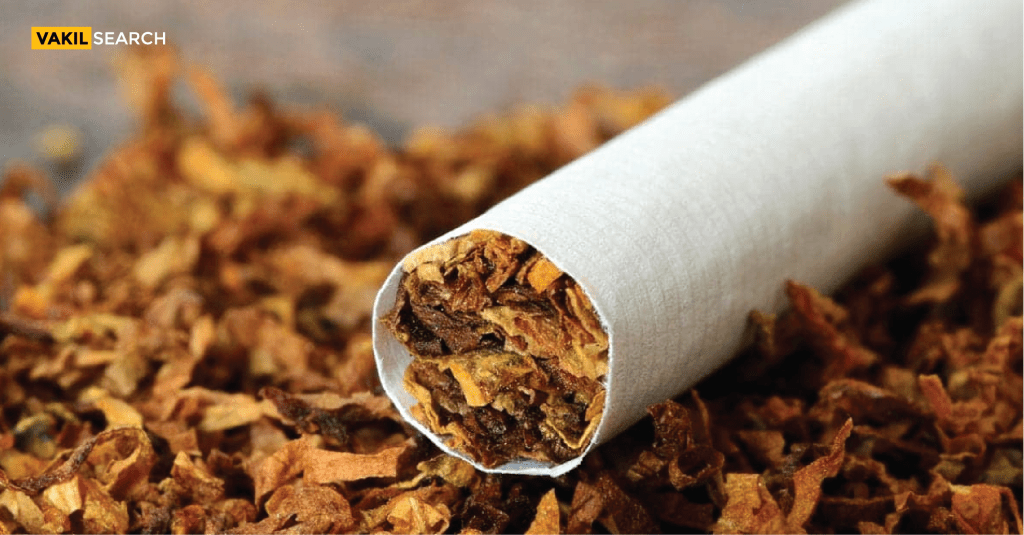Currently, tobacco products are taxed at 28% under GST, along with additional cess and levies, bringing the total tax burden to 53%. One proposal under review is to raise the GST rate to 40%—the highest permissible rate—while also imposing additional excise duties.
Revenue Concerns After CESS Removal
The move aims to ensure stable tax revenue from tobacco products after the compensation cess ends on March 31, 2026. Government officials indicated that there are no plans to introduce a new cess as a replacement.
A panel of ministers set up by the GST Council is expected to review the matter and suggest possible measures before presenting a report. The GST Council will make the final decision based on these recommendations.

Sin Tax and WHO Standards
Cigarettes and smokeless tobacco products are categorized as sin goods and are subject to multiple taxes, including GST, excise duty, and the National Calamity Contingent Duty. Despite the current 53% total tax rate, it remains lower than the 75% tax rate recommended by the World Health Organisation (WHO).
Government Revenue and Alternative Proposals
Tobacco products, including cigarettes and pan masala, contribute significantly to government tax collections. In 2022-23, they generated ₹72,788 crore in tax revenue.
One proposal under consideration is to replace the compensation cess with a “health cess.” However, some states and the central government are reportedly opposed to this idea.
Currently, a 5% compensation cess is imposed on cigars and cigarettes, along with an additional levy of ₹2,076 to ₹4,170 per 1,000 units, depending on size and flavor.
Earlier, the GST Council had set up a Group of Ministers (GoM) to review tobacco taxation. The GoM recommended linking the cess to the maximum retail price (MRP) instead of sales value. The issue was later referred to another committee for further study.
Another ministerial panel has been asked to evaluate whether the existing cess should be integrated into the current tax structure or if a different levy should be introduced.

India’s Tobacco Industry and Market Presence
India has one of the largest tobacco industries in the world, playing a key role in the country’s economy. It ranks as the second-largest producer and third-largest consumer of tobacco globally. The industry provides employment to around 45 million people, including farmers and laborers.
Tobacco products in India include cigarettes, beedis, and smokeless variants such as gutkha and khaini. While cigarettes account for only 10-15% of total tobacco consumption, they generate over 80% of the tax revenue from tobacco. Beedis, which are cheaper and widely consumed, make up 85% of tobacco use but contribute significantly less to tax collections.
India is also a major exporter of tobacco, with key markets in Europe, the Middle East, and Southeast Asia. Understanding tax changes can be complex, especially with evolving GST policies on tobacco products. Our experts ensure businesses stay compliant with updated regulations, excise duties, and CESS adjustments. From tax structuring to legal compliance, we provide the right support to safeguard your business interests. For GST compliance assistance, visit Vakilsearch today.
- New Financial Year 2025: Key Changes in UPI, GST & Tax Slabs - April 1, 2025
- Piyush Goyal Urges Faster Trademark & Copyright Processing - March 27, 2025
- Sitharaman: GST Decisions Were Collective, Not Solely Centre’s - March 24, 2025

